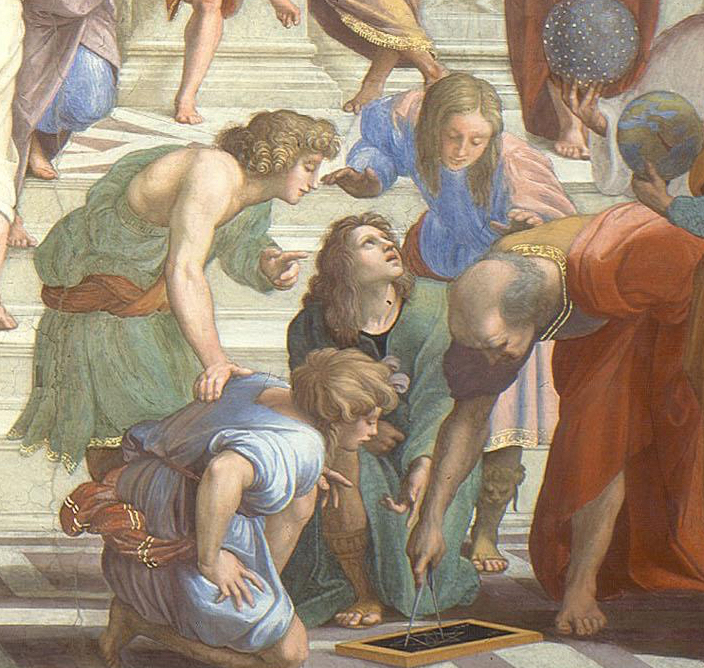(Click the image for a LIGHTBOX view)
(Click the image for a LIGHTBOX view)
(Click the image for a LIGHTBOX view)
Ceremonial Hall Ceiling Painting by Franz Matsch and Gustav Klimt, 1894-1904
(Click the image for a LIGHTBOX view)
“In 1894, the artist friends Gustav Klimt and Franz Matsch were entrusted with the ceiling design of the Main Ceremonial Chamber. Franz Matsch was supposed to paint the large, central picture, the faculty painting for “Theology” and six personified sciences in the pendentive paintings in the arches of the dome. Gustav Klimt was commissioned to complete the three faculty paintings for “Philosophy”, “Medicine” and “Jurisprudence” as well as six pendentive paintings.
“Klimt’s innovative representation sparked hefty debate among professors and in the public sphere. People were shocked by the unusual painting technique and the nude figures in the allegorical faculty paintings.
“In 1904 Klimt had to hand over completion of his pendentive paintings to Matsch. The results were an almost photorealistic execution on a gold background. Klimt’s pieces were supposed to go to a museum, but the insulted artist kept the paintings and gave back his commission fee.
“The Klimt affair led to the resignation of the Minister of Education, Wilhelm Hartel, who had taken the side of artistic freedom. The friendship between Klimt and Matsch crumbled. During the Second World War the “Faculty Paintings” were stored at Immendorf Castle at Hollabrunn. All works apart from Matsch’s “Theology” were destroyed in a fire.
Nevertheless, since 2005 the complete ceiling ensemble has been displayed together for the first time. The central picture “Triumph of Light” by Franz Matsch is framed by reproductions of Gustav Klimt’s faculty paintings, recreated in 2005 in cooperation with the Leopold Museum.”
— https://beyondarts.at/guides/en/vienna-uni-main-building/ceremonial-chambers/klimts-ceiling-painting/
(Click the image for a LIGHTBOX view)
“At the eighteenth Secession exhibition, Klimt showed the last of his three University of Vienna Ceiling Paintings, Jurisprudence. At the top of the canvas in the background are three female figures representing Justice, Law and Truth, while behind them are the seemingly decapitated heads of judges. The old man in the foreground, head bowed and entwined by an octopus's tentacles, represents the victim, accused by the three naked females. It is conceivable that Klimt was thinking of his own position while creating this work.
“Not surprisingly, the critics hated it as much as Philosophy and Medicine. These first two paintings were stylistically related but the later one looked entirely different, with its simpler and bolder colours and technique, thus giving Klimt's detractors additional cause for complaint. Furthermore, Klimt's representation of Jurisprudence is plainly not optimistic; rather, he sees the law as vengeful, focusing on crime and punishment.”
— https://www.gustav-klimt.com/Jurisprudence.jsp
(Click the image for a LIGHTBOX view)
(Click the image for a LIGHTBOX view)
(Click the image for a LIGHTBOX view)
(Click the image for a LIGHTBOX view)
(Click the image for a LIGHTBOX view)
Kurt Gödel
Mathematician
(Click the image for a LIGHTBOX view)
(Click the image for a LIGHTBOX view)
Friedrich Hayek
Nobel Prize for Economics
(Click the image for a LIGHTBOX view)
(Click the image for a LIGHTBOX view)
















